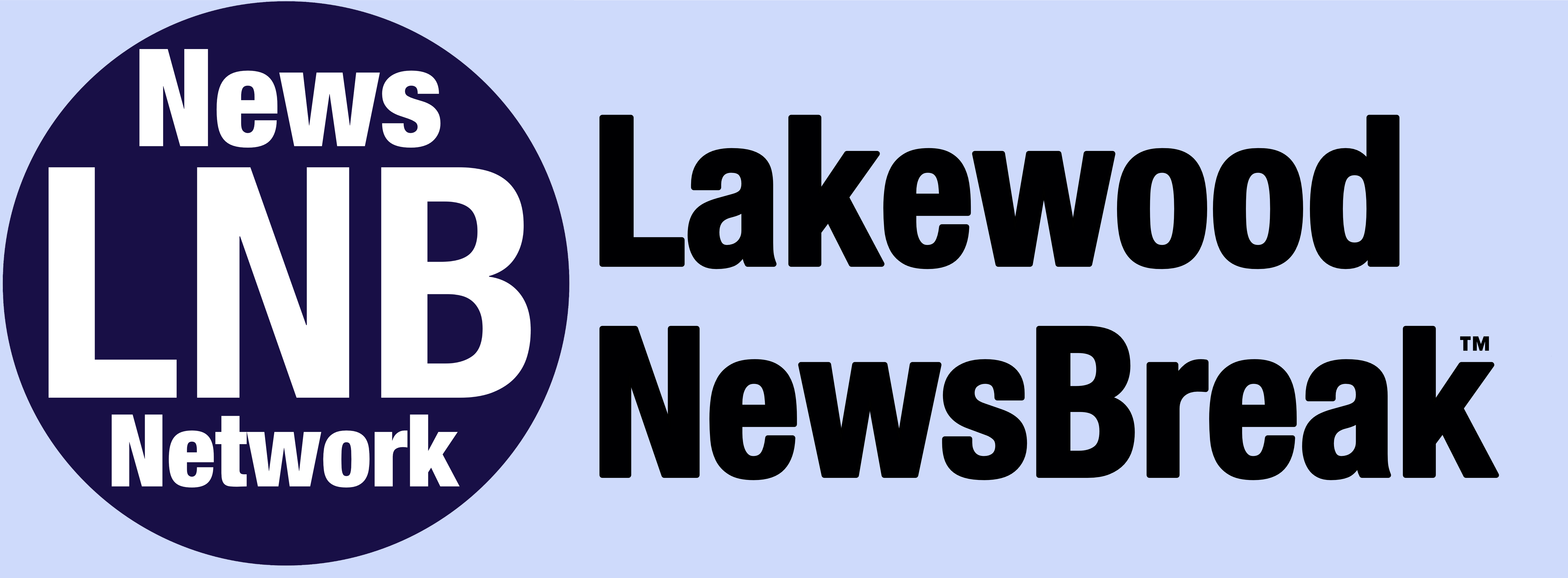No one knows how to define a 'podcast' anymore — and it's becoming a problem
Over half of people consider videos only available on YouTube to be a podcast, a new report found. That makes it complicated for advertisers.
Jeff Bottari/Zuffa LLC/Zuffa LLC via Getty Images
- The definition of a "podcast" is evolving, with YouTube videos often considered part of the category.
- This shift complicates the picture for advertisers who want clarity and advanced tracking metrics.
- Industry leaders say they want a unified podcast definition to help ensure future growth.
No one knows precisely how to define what a "podcast" is anymore — and debate around the topic is roiling the industry.
The term "podcast" used to refer to an on-demand audio show of people discussing things, but that definition has become blurry over time.
More than half — 52% — of people now say videos that are only available on YouTube can be considered podcasts, according to a new report by Oxford Road and Edison Research aptly titled, "What Is a Podcast? Preserving its Essence, Structuring for Expansion."
The most popular definition in the survey — accepted by 72% — was recordings of people discussing a topic on YouTube that's also available as audio shows elsewhere, like Spotify or Apple Podcasts.
The answers changed based on people's media habits. People were more willing to consider YouTube-only videos as podcasts if they'd listened to podcasts, and even more so if they'd watched video podcasts. Oxford Road and Edison Research surveyed more than 4,000 Americans 12 and up for the report.
The survey is another sign of how the format's definition is shifting — and it's not just an academic issue.
Podcasting has never been bigger. It's credited with helping shape the presidential election, and Big Tech is coming for its piece. YouTube revealed in February that more than 1 billion people every month listen to podcasts on the platform. Spotify, meanwhile, is pushing into video. Creators are increasingly getting into the medium, too.
But the convergence of audio and video in the podcast medium has caused confusion and complexity for advertisers. Ad buyers now have to wrangle over which of their clients' budgets podcasting should come out of — audio or video — and that's slowing down the ad-buying process, the report found. Platforms like Spotify and YouTube also make third-party tracking difficult, which means performance advertisers struggle to assess how their ads are performing.
"Where there's lack of clarity, there's confusion, and there's frustration, and advertisers will take their business elsewhere," said Dan Granger, CEO of Oxford Road and Veritone One, which helps marketers buy podcast ads. "We have seen advertisers not buy shows because of this. It's material."
Oxford Road and Edison's report calls for the podcast industry to agree on common definitions and explore the development of a system to measure podcasting across platforms.
Video raises questions for hosts, too
The shift to video has other consequences for podcasting. Uploading files as videos can make more money for the host and let advertisers reach a bigger audience, but it also creates more work.
"It's a good thing because it's pushing the industry forward," said Jeff Umbro, CEO of The Podglomerate, which makes, markets, and monetizes podcasts for organizations like PBS, Netflix, and others. "I also think that nobody's really talking about the administrative burden that this adds, figuring out how to reconcile all these payments, the time it takes to upload to all these platforms."
More broadly, the shift raises identity questions for hosts. As they go beyond audio to video, and then do live events and sell ads on social media, they start to look more like influencers.
Joining the influencer club means potentially accessing a bigger ad pie. Advertisers spent $9.2 billion on influencer marketing in 2024, versus $2.3 billion on podcast advertising, per EMARKETER. However, it could also distance them from the positive qualities that podcasting has become associated with, such as the intimate relationship hosts have with audiences.
As hosts branch out to other things, it can also get complicated to figure out how to share the resulting ad dollars among stakeholders. And there's the question of what happens to a podcast's value on YouTube. YouTube videos can command around a third of podcasts' ad rates because advertisers discount the quality of the viewing.
Steve Blackford, head of customer acquisition for LifeLock, a longtime podcast advertiser, said he's resigned to figuring out video advertising because that's where the audience is going. But it's hard to track an ad when it runs across both video and audio. Some podcasters sell video and audio together as a bundle and don't break out the audience by channel.
"As a performance marketer, it's hard to put those all together," Blackford said. "How do I know what value I'm getting?"
Some players are trying to solve for the complexity. SiriusXM is rolling out Creator Connect, a tool that creates different versions of a podcast ad for video and social media. Gabe Tartaglia, who heads podcast and satellite sales for SiriusXM, said the company was hearing from advertisers that they wanted to be able to buy against hosts' multiplatform efforts. About 12% of SiriusXM's podcast advertisers are already running ads on more than one format.
Spotify said in a statement that it offers dynamic ad tools and works with third parties to support its podcast ad ecosystem.
What's in a name?
The report's authors interviewed 30 industry stakeholders and found a few common themes. Some said the audio element was primary.
"If you can mute it and it doesn't make sense, it's not a pod anymore," Granger said.
Some said it didn't matter what platform it was on.
The researchers proposed a new definition for podcast: "An on-demand audio-driven program featuring episodic content across wide-ranging themes and formats."
Or, more simply: "If it works with your eyes closed, it's a podcast."
A video podcast, meanwhile, is "an episodic, on-demand program centered on spoken-word content, where synchronized visuals meaningfully shape the experience."
Granger said without a shared vocabulary that enables podcasting to be measured and clarified for advertisers, the industry risks decline.
"Investment in the industry chases industry growth," he said. "And if they can't define it, you can't forecast it, and if you can't forecast it, institutional capital is less bullish, you have less growth."
A few said they wouldn't mind if the word "podcast" went away entirely.
"If podcasting goes away, that's not a national tragedy," the report quoted Ira Glass, host of "This American Life," as saying. "Creative people will find a place to make stuff."
Another view is that the industry shouldn't abandon a term that has earned strong credibility with advertisers.
One area of agreement seems to be that video isn't going away as a format for podcasts, especially with YouTube making a big play for them. YouTube's role is poised to get even larger if it gets into dynamic ad insertion, as Semafor reported it's looking into. This would allow for more customization and potentially trackability.










